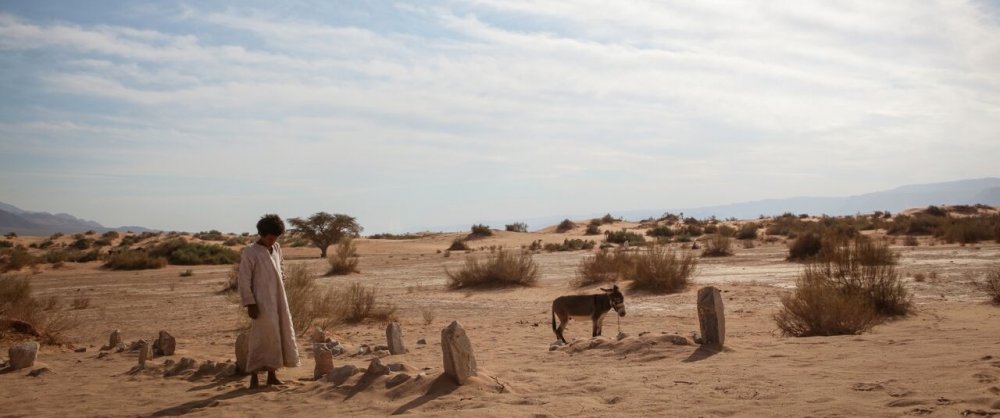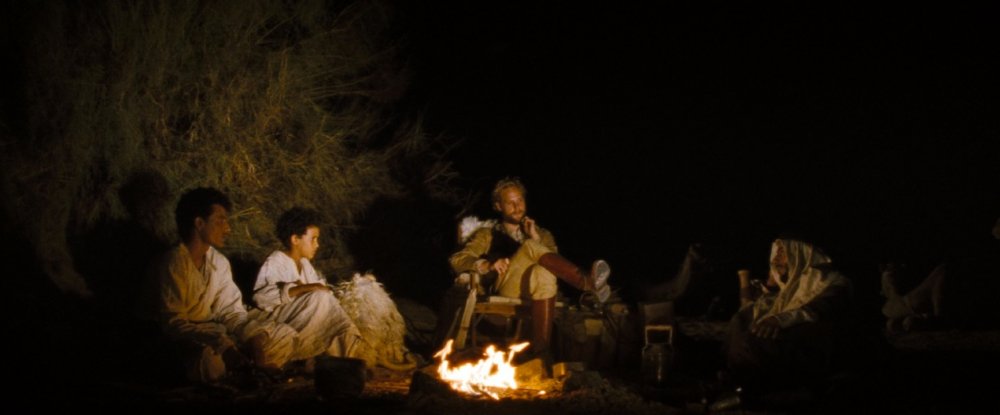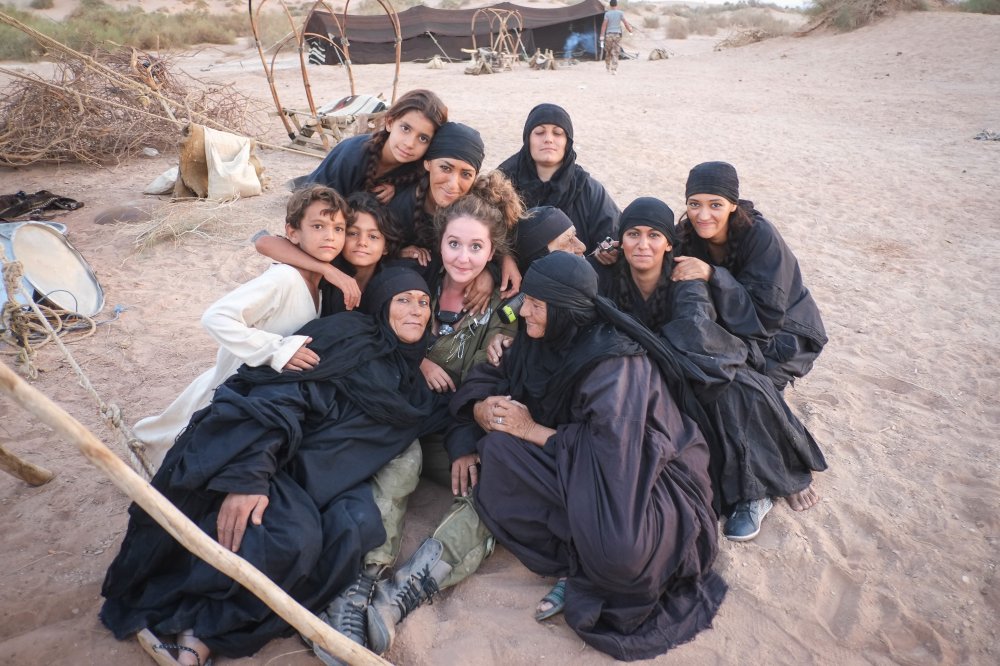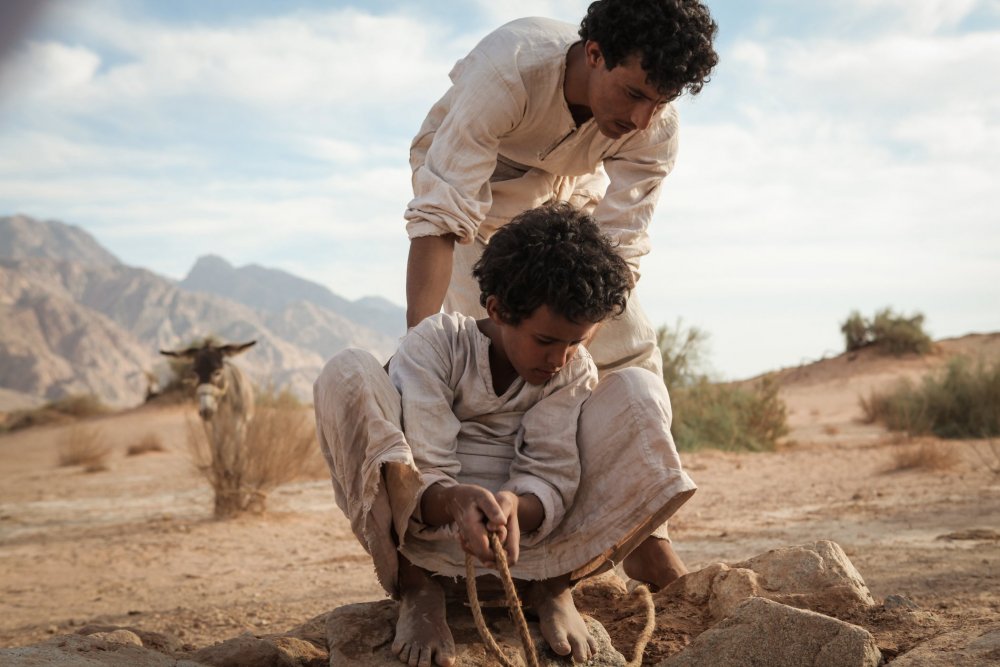
Last night we watched a film produced jointly in 2016 by the UK, Qatar, Jordan and the United Arab Emirates. The language was Arabic, the actors all but one, Arab and perhaps Turks, but it had French and English subtitles. Set during World War I, it took place in desert terrain, so the landscape was unfamiliar, forbidding and unforgiving. The star of the story was that of a Bedouin boy who with his teenage brother had inherited a tribal position from their father, recently dead, as a guide to pilgrims, and the older teen did just that for a British soldier and his Arab companion.
The goal was to lead them through the desert's strange and alien landscape with its low mountains and wadis, safely to an area where the Turkish military of the Ottoman Empire ran troop trains in its battle against Arab revolutionaries attempting to seize freedom from the Ottomans. Reminiscent of T.E.. Lawrence (aka Lawrence of Arabia) teaching Arab resistance fighters how to infiltrate Turkish lines and detonate bombs on rail tracks.

The boy set out on a donkey to follow his brother Hussein, whom the desert had soon swallowed. By nightfall, on foot, stumbling through the desert after his donkey had refused hours earlier to go any further and he'd left it, he came upon the encampment of the two strangers, and his brother. After which it became a journey of three men and a boy.
It was tense, suspenseful and wracked with passion, intrigue and suspicion. The Bedouin Arab child winds up the only one alive after their group of four travellers are attacked by Arab raiders intent on securing the group's camels and anything of value they carried with them. The dangers of such attacks by brigands was understood to be one of the hazards of travelling through the area; the group escaped one such attack only to come under fire by another, all but the child losing their lives.
Although yet a child, likely no more than seven or eight years of age, the boy is preternaturally attuned to his environment and alert, carefully noting everything around him, both of the natural world and of the character of people. Unschooled in any sense of the word, but by his brother's efforts to teach him survival skills, even at his young age the harsh laws of the desert culture are alive and well in this child.
 |
Behind the scenes with Bedouin women, their children and Theeb’s production designer Anna Lavelle
Credit: Laith Majali |
As a contrast to the kind of life we live, it couldn't be more utterly alien. But living in a geography where resources to aid in survival are scarce, from water to food, building materials, to security from violence, it speaks of a sternly uncompromising heritage and culture of survival, where justice achieves its end from the barrel of a gun.
From the dun browns of the desert to the glowing greens of the landscape surrounding us everywhere we look, the abundance of food available, the comfortable homes helping us to deal with our environment, and the peace and security we enjoy and take for granted, it is living proof that two worlds exist.
We love our living landscape, the trees, the ravine with its many folds in the earth, the creek running through the forest, the birds flying about, the insects and the wildflowers. We have the security of knowing we are safe from violent harm imposed elsewhere upon those who are vulnerable to the predations of psychopaths, for we live in a land of law and order.
There, Theeb even at his tender age, knows that the strong dominate the weak. And he, like his brother and his father before them is determined not to be among the weak. He is a survivor.
Here, there is beauty wherever we look.
The film is titled Theeb, a film by Maji Abu Nowar.

No comments:
Post a Comment